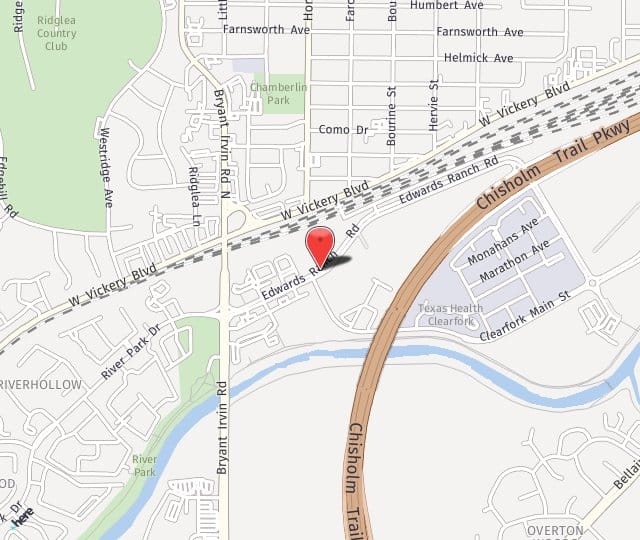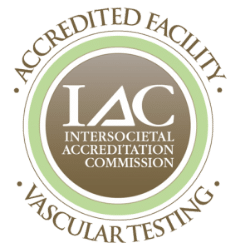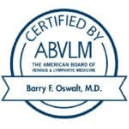
Why Is Deep Vein Thrombosis Life-Threatening?
The danger comes when the blood clot inside the vein breaks loose and travels toward the upper body to get lodged in the lungs. This is called a pulmonary embolism (PE). When a blood clot blocks the proper circulation, the lungs and other organs can suffer damage.
What Causes Deep Vein Thrombosis?
Some things known to contribute to the formation of blood clots are inactivity, traveling in a plane, auto, or other transportation for an extended period, and not stretching the legs for many hours. Being obese, having poor circulation, and having a history of blood clots are other factors that increase the chances of having DVT.
How to Avoid Deep Vein Thrombosis
Older people are especially vulnerable to DVT, and yet so are obese people and women who are pregnant, as well as others who underwent surgery and then needed to stay in bed for an extended time to recover.
To avoid DVT when traveling, wear compression socks and stay hydrated by drinking plenty of water. Don’t drink alcohol or drinks with caffeine, as those make you dehydrated. Wear loose-fitting clothes, get up, and walk around frequently on a plane, or if you’re traveling in a car, stop at a rest to stretch your legs.
If you can’t get up and walk around, then use isometric exercises that can be done by contracting and then releasing your leg muscles while staying in place. Rotate your ankles and flex your feet and toes.
Diagnosis of Deep Vein Thrombosis
If you suspect you may have DVT, contact the Fort Worth Vein Center for a consultation. The doctor can perform an ultrasound exam to look for it. It is better to be safe and get a checkup than to let this condition go undiagnosed because of a lack of symptoms. Call now at 817-536-9600 to book your appointment.









